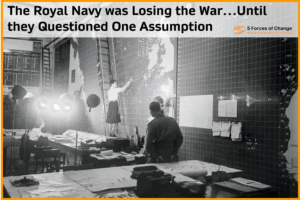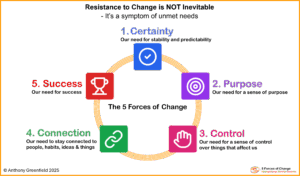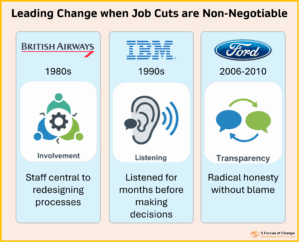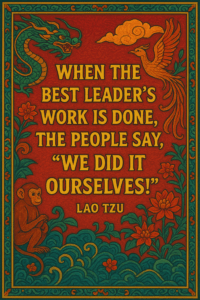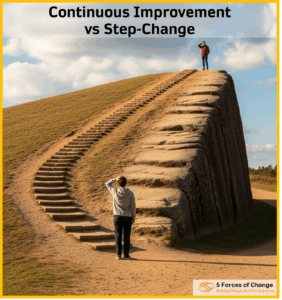 Change can, and does, cause people stress, providing a strong motive for resistance, whether passive (avoidance) or active (opposition). This is not, however, universally true; a change might be actively embraced by some people, whilst others actively reject it. So it is too simple to say ‘change leads to stress, which leads to resistance.’
Change can, and does, cause people stress, providing a strong motive for resistance, whether passive (avoidance) or active (opposition). This is not, however, universally true; a change might be actively embraced by some people, whilst others actively reject it. So it is too simple to say ‘change leads to stress, which leads to resistance.’
Let’s explore awhat is going on and why using the diagram opposite.
We are pre-programmed to detect changes in our environment. This is an instinct designed to keep us out of trouble; a rustling in the undergrowth may signal imminent attack by a wild animal, so we need to be on our toes. When faced with a lion we run, when faced with a hedgehog we’re more likely to stay put.
The question we unconsciously ask when faced with change is, ‘Do I have the resources to handle this situation?’ When the answer is ‘yes’ we tend to react positively or not at all. When the answer is ‘no’ we have what is known as a ‘stress reaction’; a reaction that is both physiological (releasing chemical like adrenaline that raised heart rate and prepares us for ‘flight’ or ‘fight’ response) and psychological (feelings of anxiety, anger etc.).
How do we measure the severity of the situation and balance it against the sum of our resources (to come up with a ‘yes’ or ‘no’ answer)? Well the maths is something like this:
Severity of Change = Perceived effect on me and others e.g. does it look like I might lose out badly due to the change?
Resources = Experience (my previous experience of change, both good and bad) + Training in handling change (including strategies for working positively through change) + Personality (e.g. attitude to risk) + Leadership of Change
If it turns out that Severity > Resources we will have a Stress Reaction. However, this does not mean we automatically dash for the hills. As humans, we have the capacity to stand back from the situation and take stock even when some parts of our brain are telling us to run. We can re-assess our automatic response and build up our Resources as we consciously bring our training into play and as we consider what leaders are saying and doing about the change. Leaders can diminish our perception of the threat and increase our confidence in the outcome, and, despite our instinctive reactions, they can work with us to take a constructive approach to any given change.
For more on this see www.5forcesofchange.com .


